Wildflowers
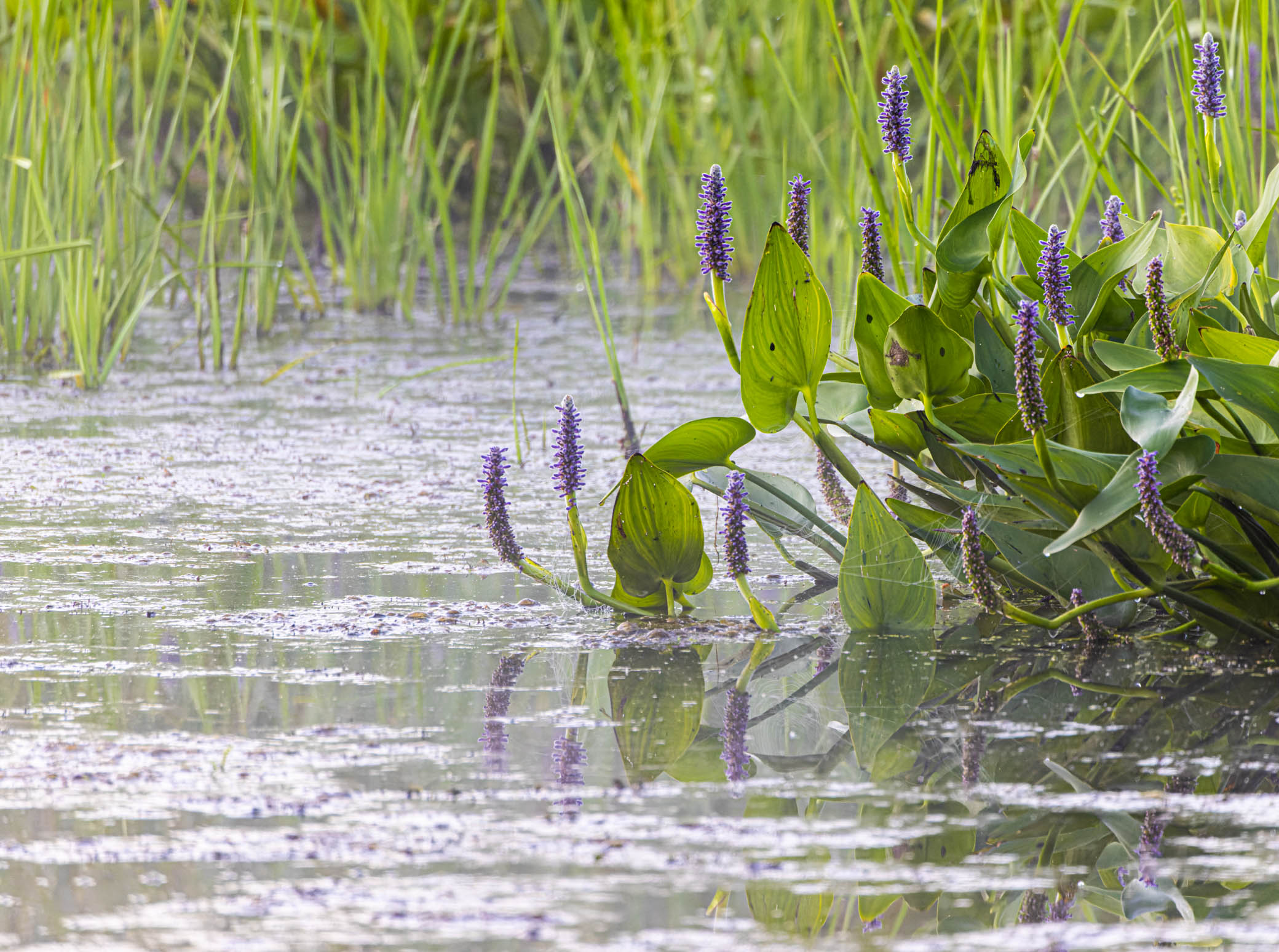
Pickerel Weed {more...}
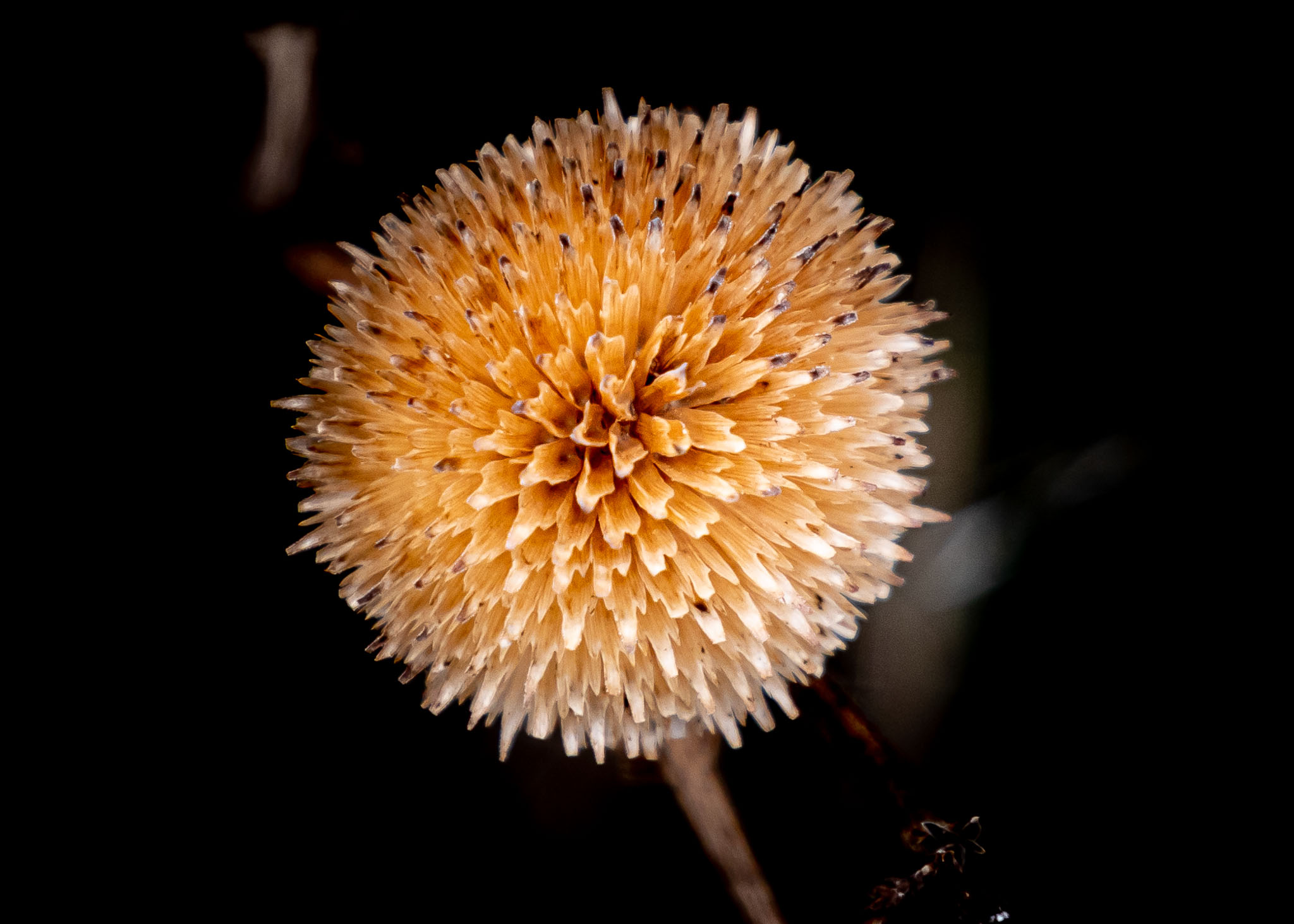
Seedhead {more...}
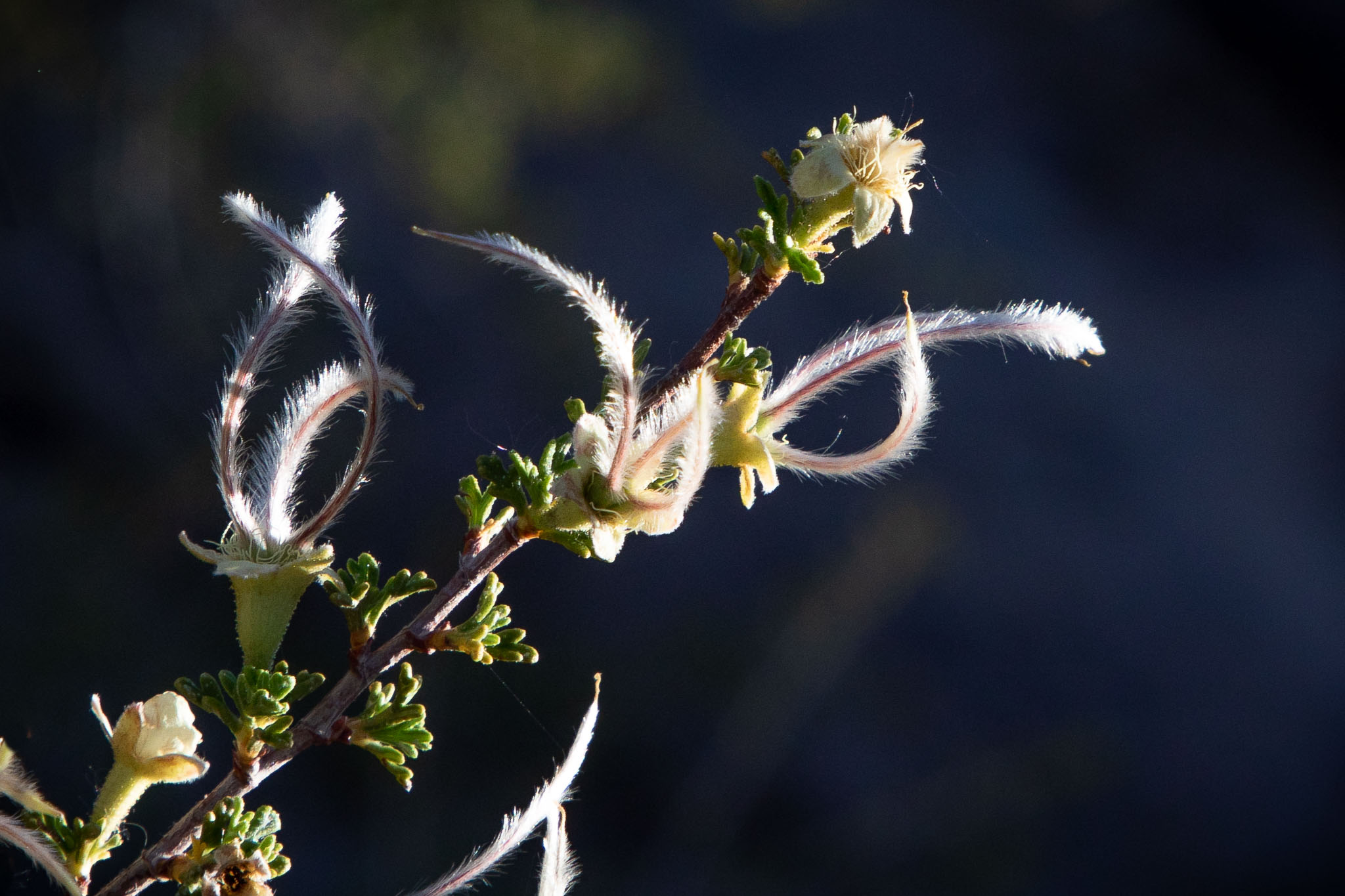
Mexican Cliffrose {more...}
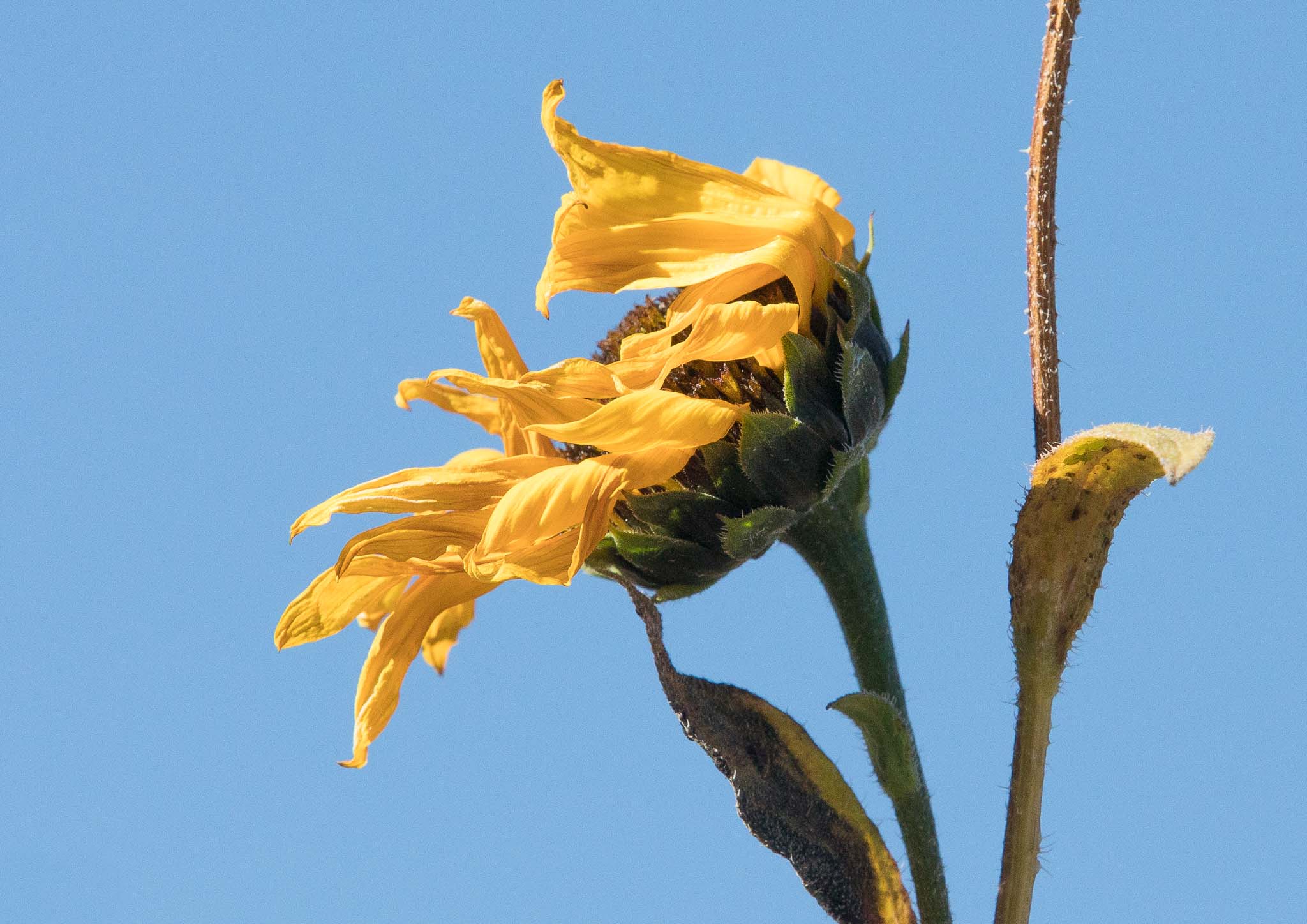
Faded Glory {more...}

Abstract Magenta {more...}
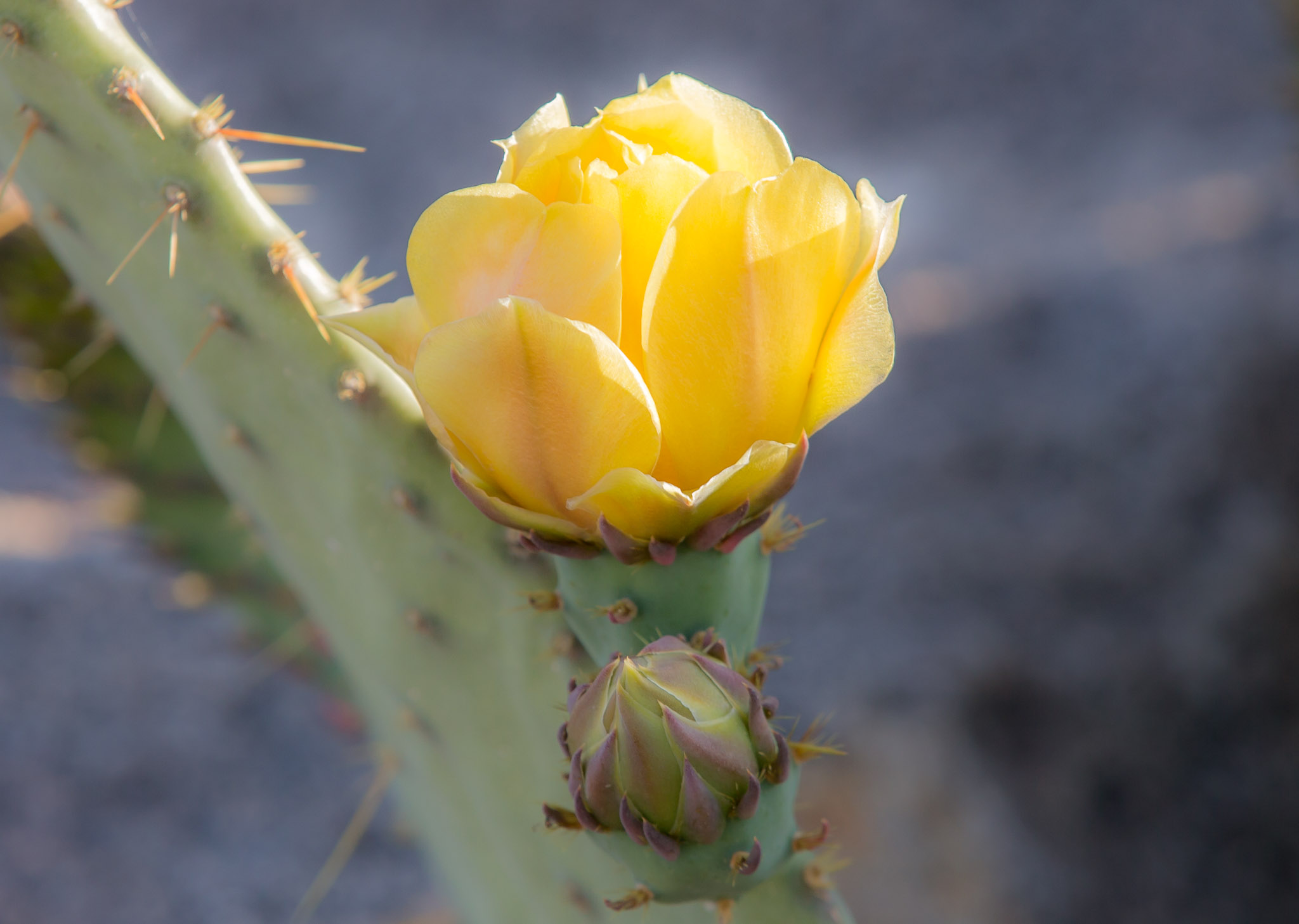
Bloomin' Ready {more...}
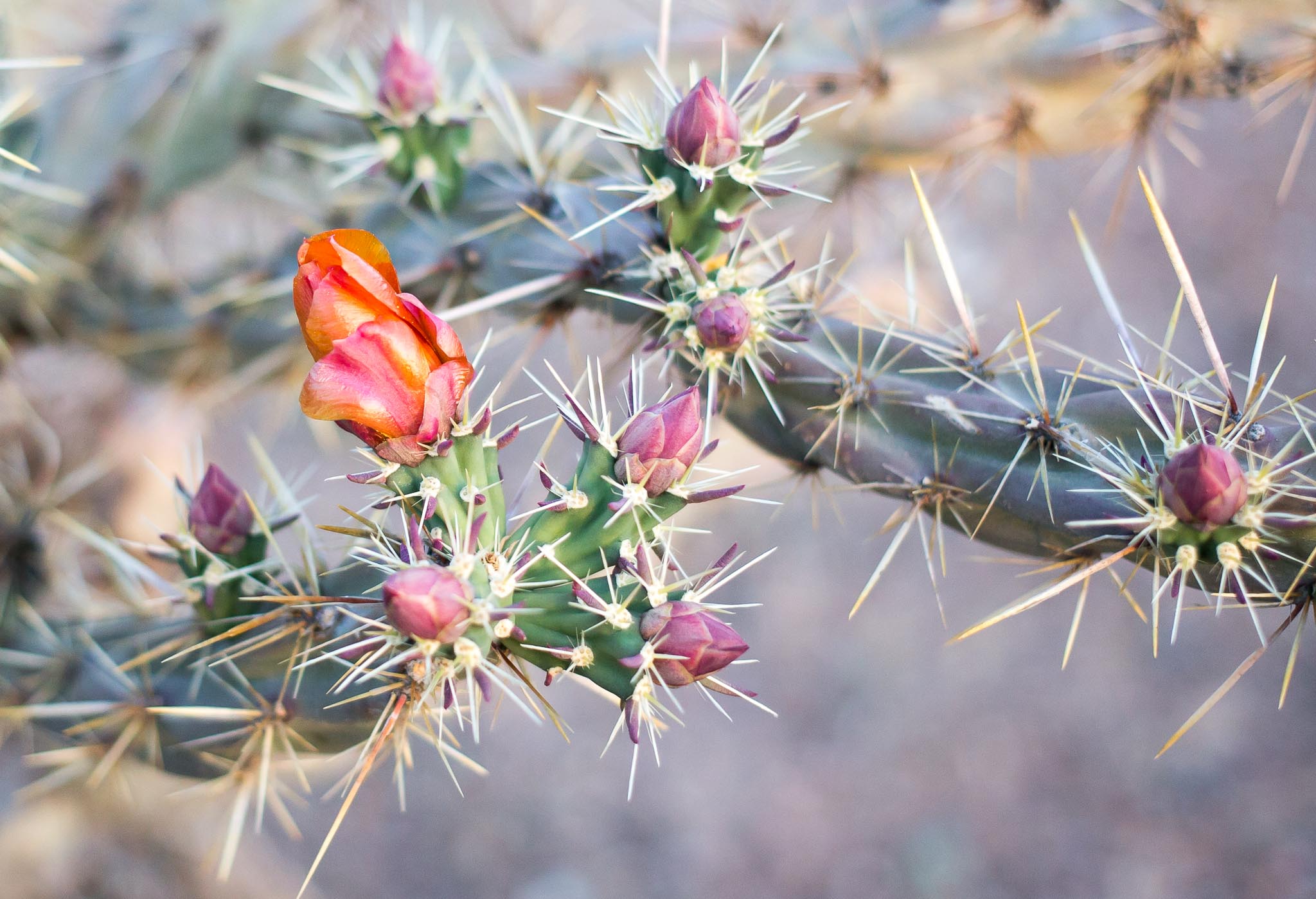
Desert Spring {more...}
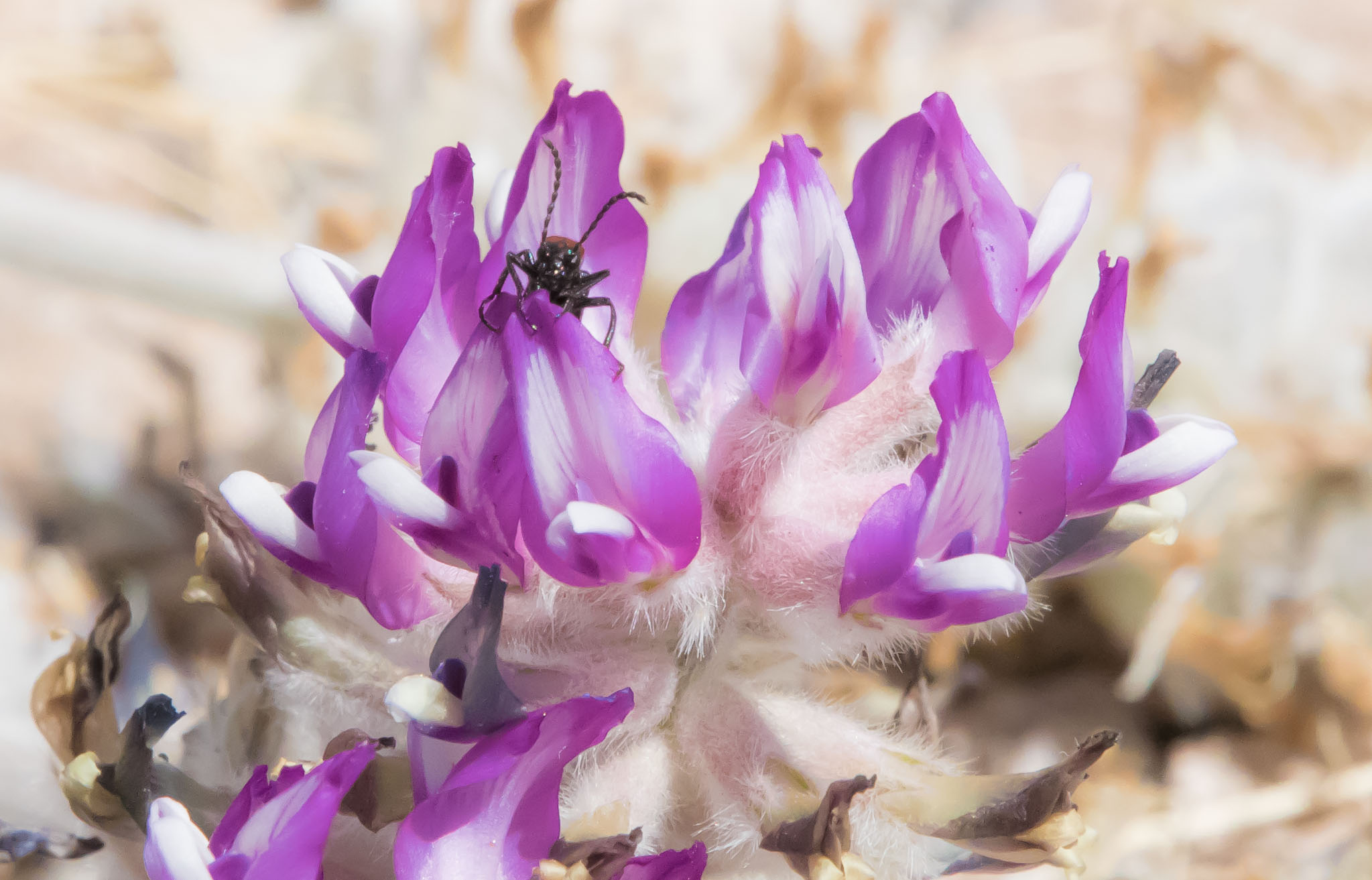
Crescent Milkvetch with Bug {more...}

Coast Indian Paintbrush {more...}
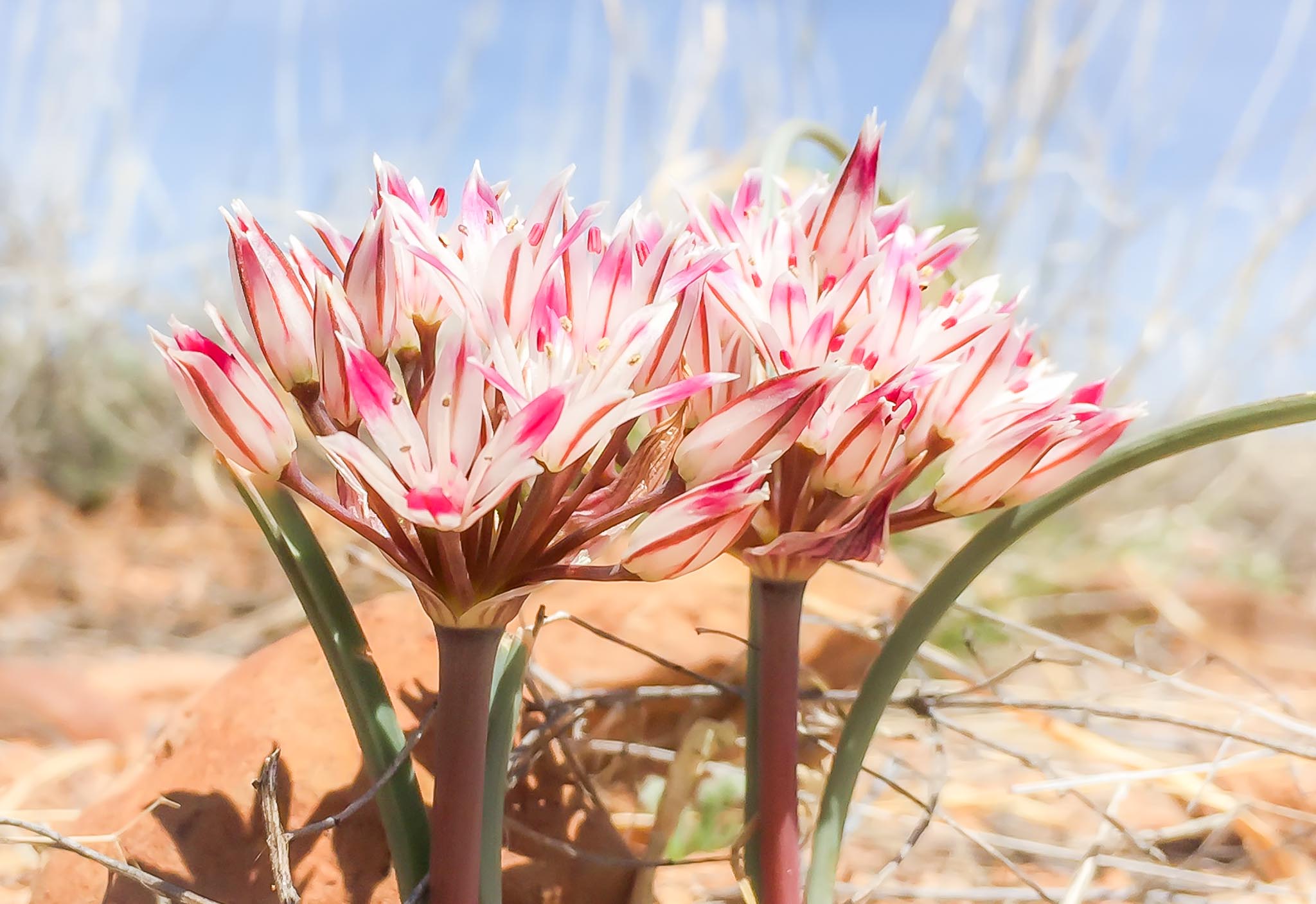
Desert Onion {more...}
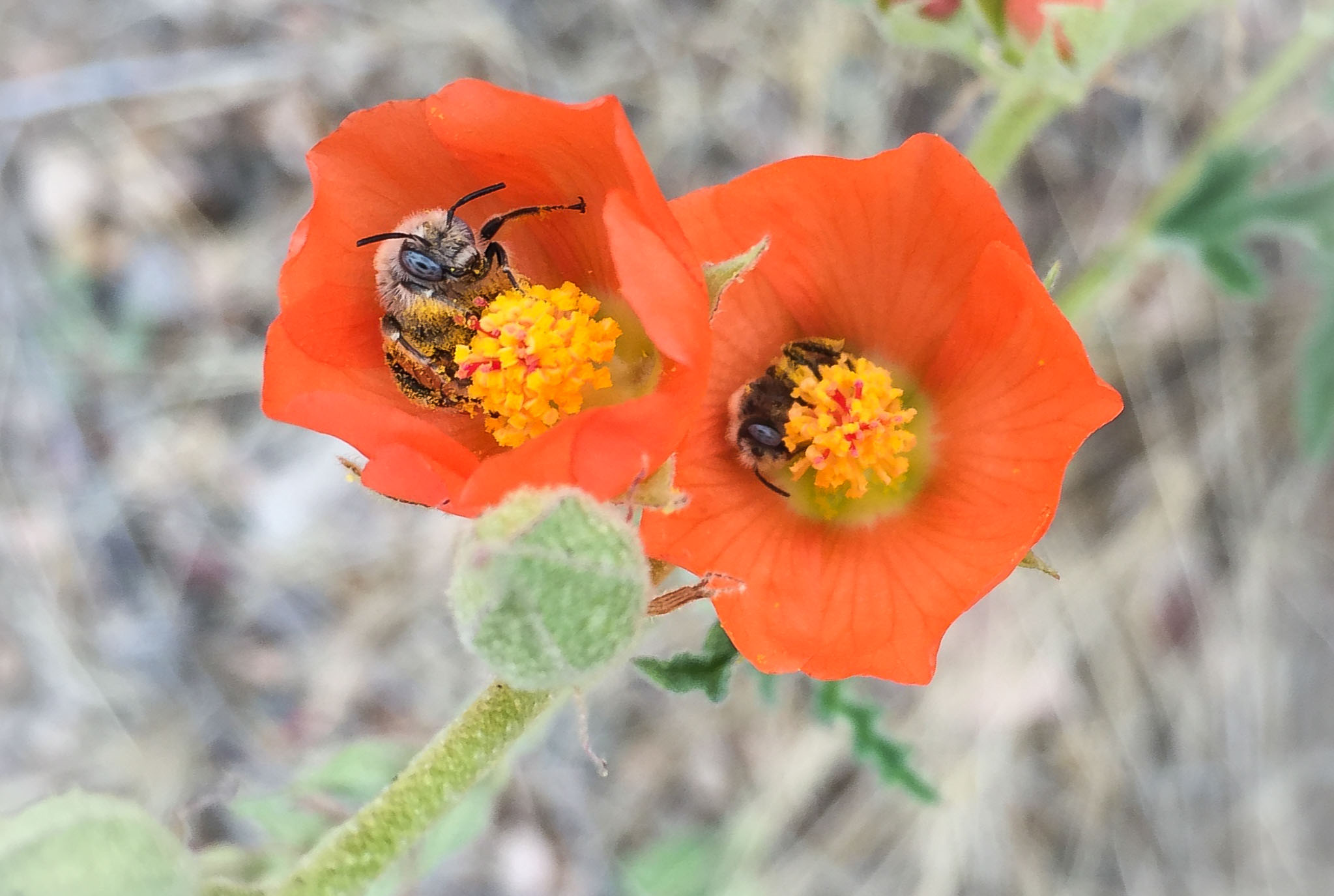
Globemallow Pollen {more...}
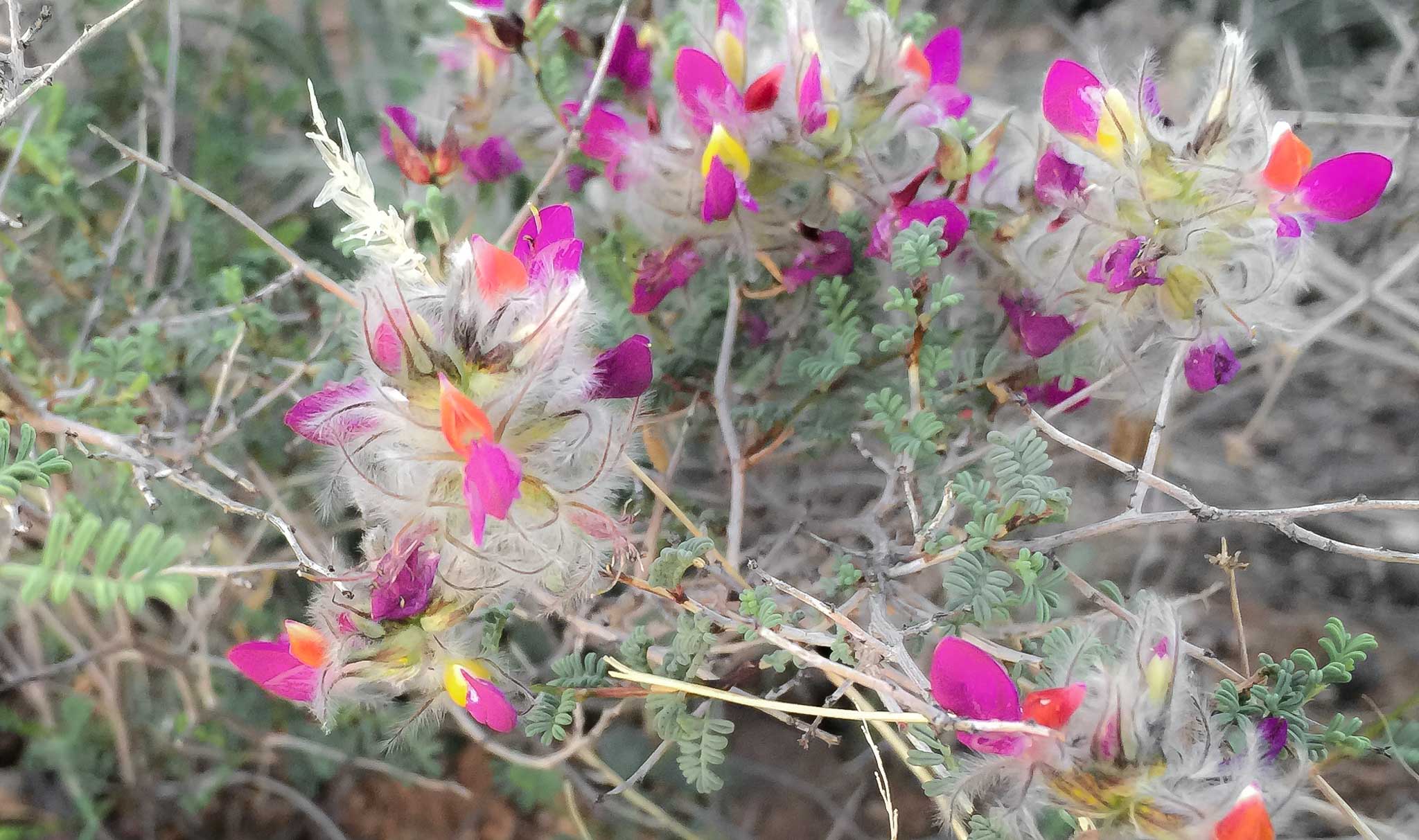
Feather Dalea {more...}
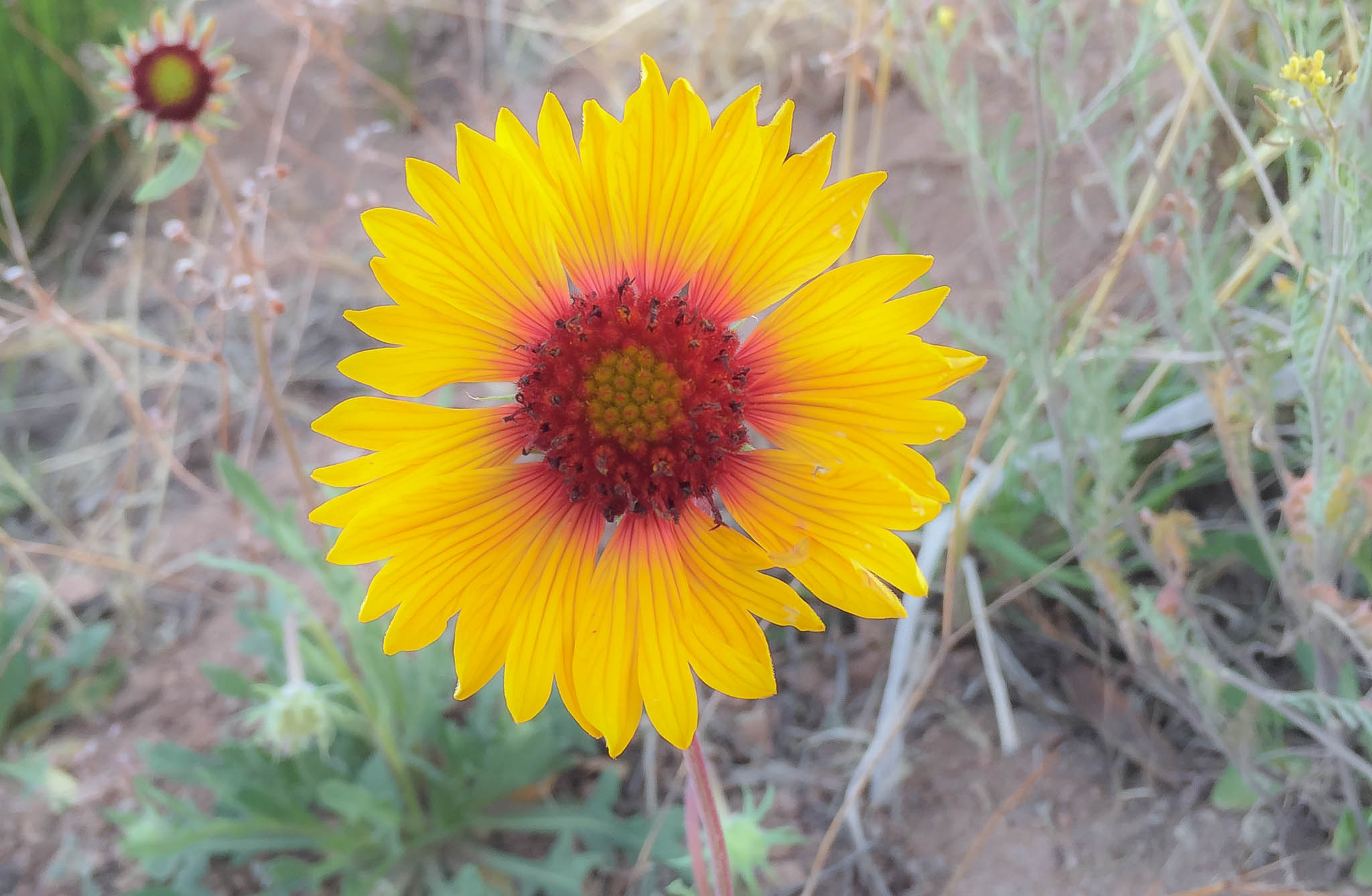
Indian Blanket {more...}
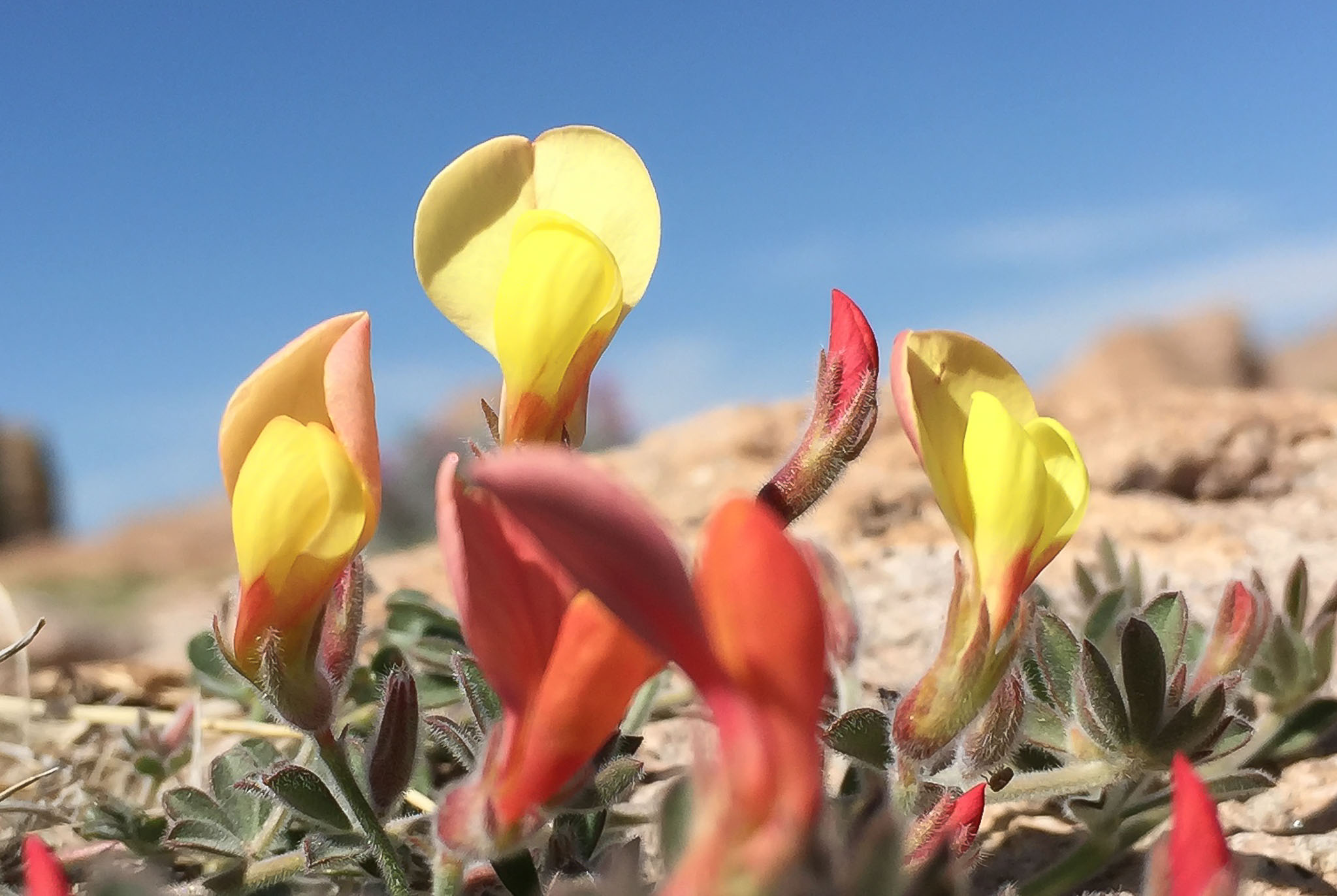
New Mexico Bird's-Foot Trefoil {more...}
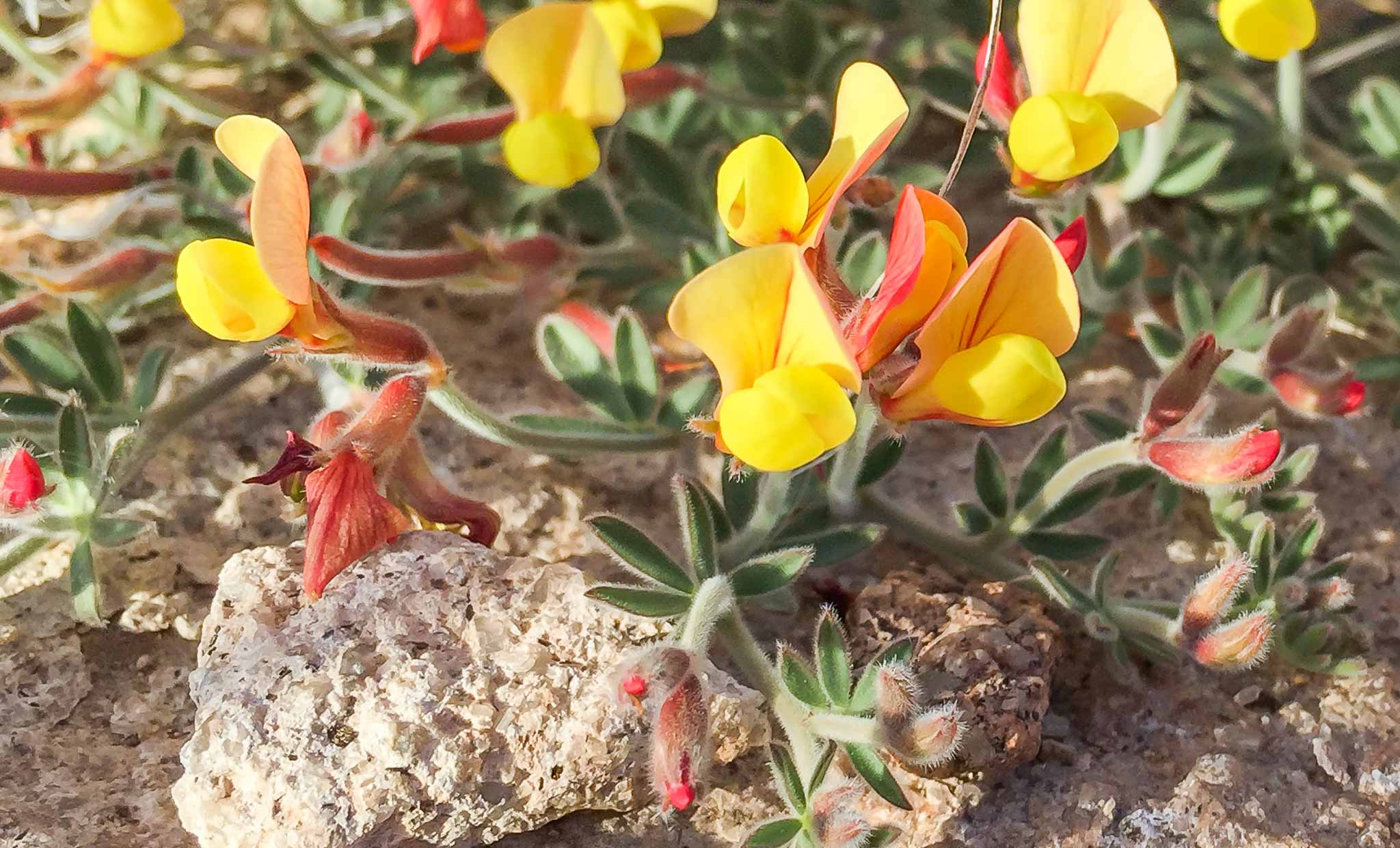
New Mexico Bird's-Foot Trefoil {more...}
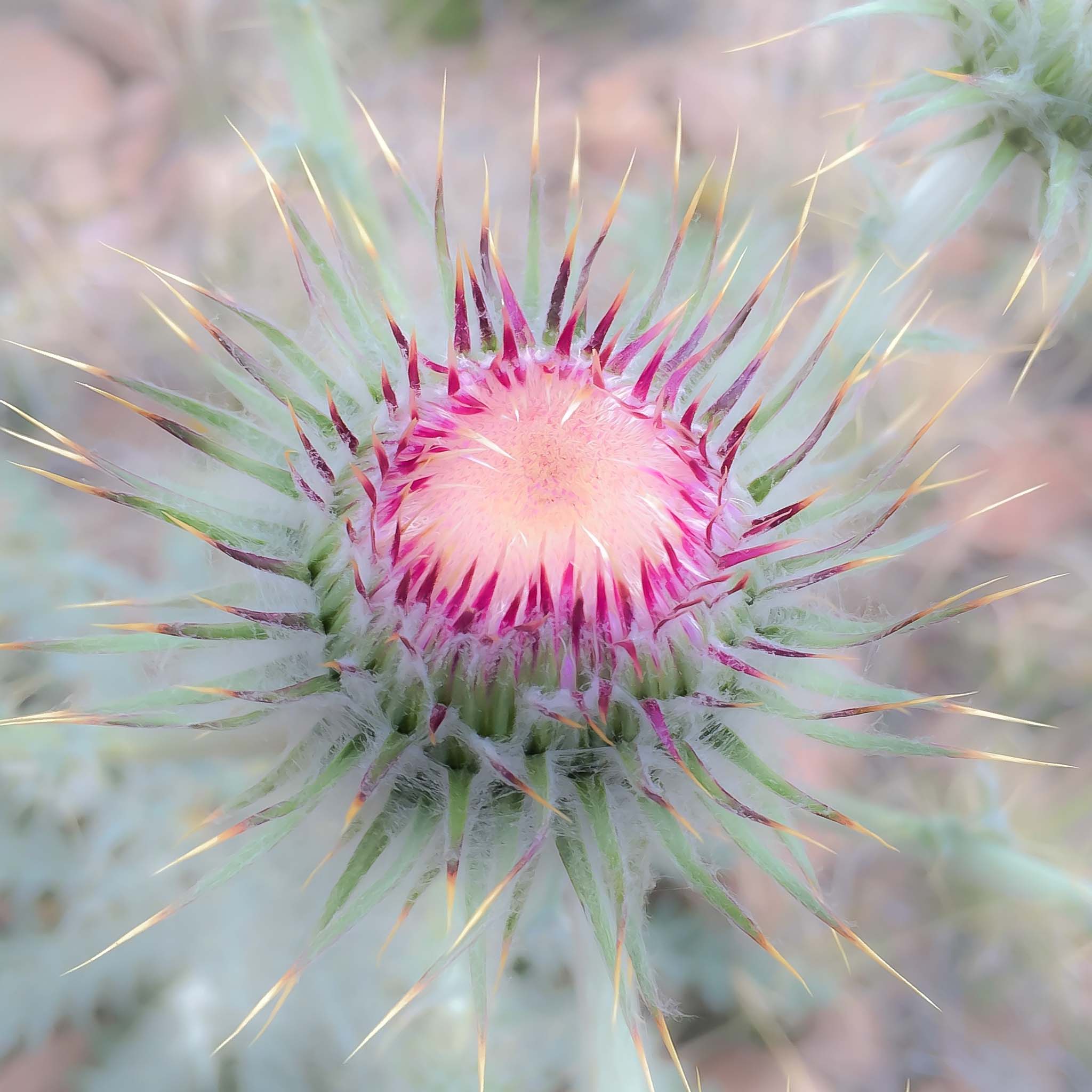
Radiance, a Thistle Bud {more...}

Aglow {more...}
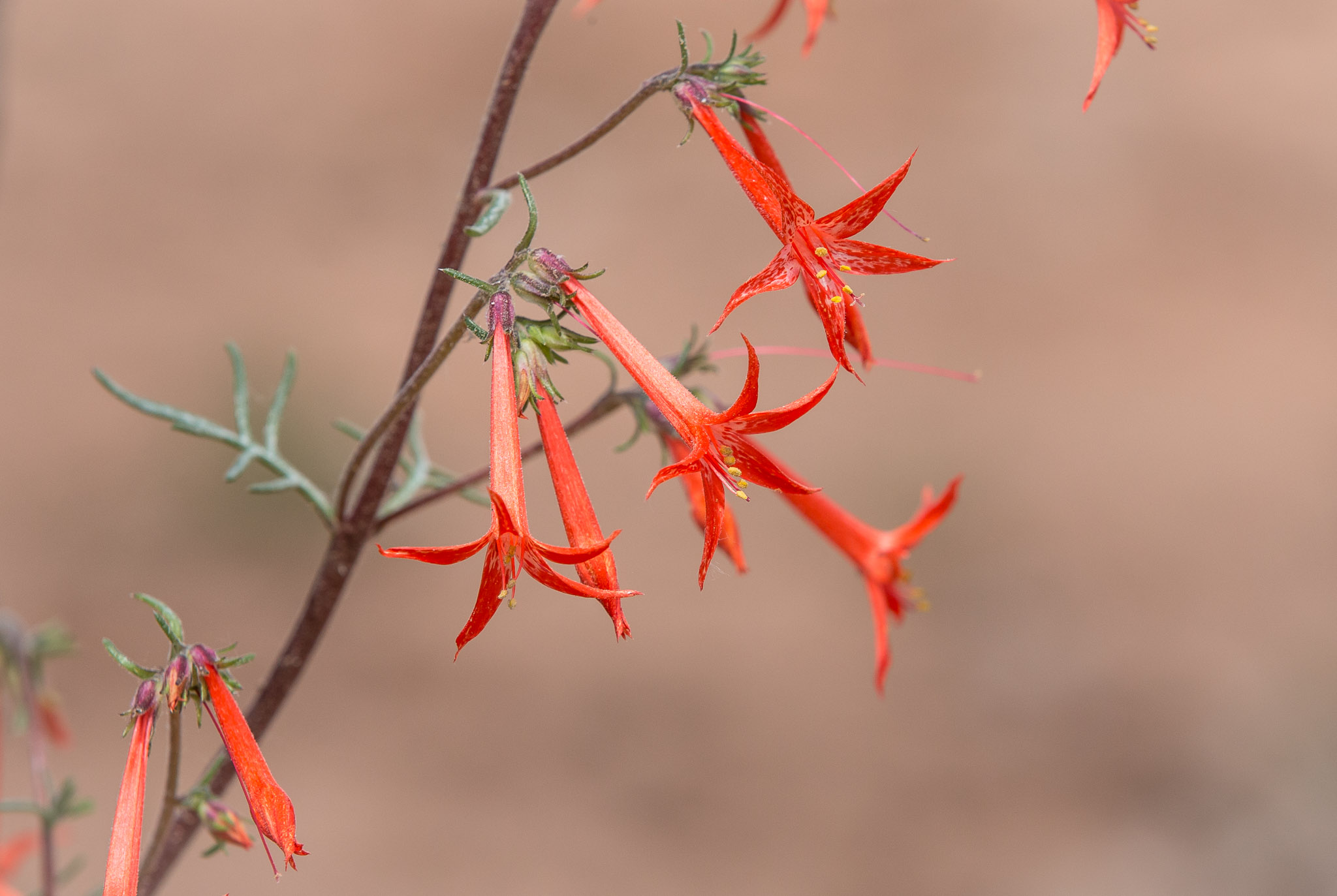
Scarlet Trumpet {more...}
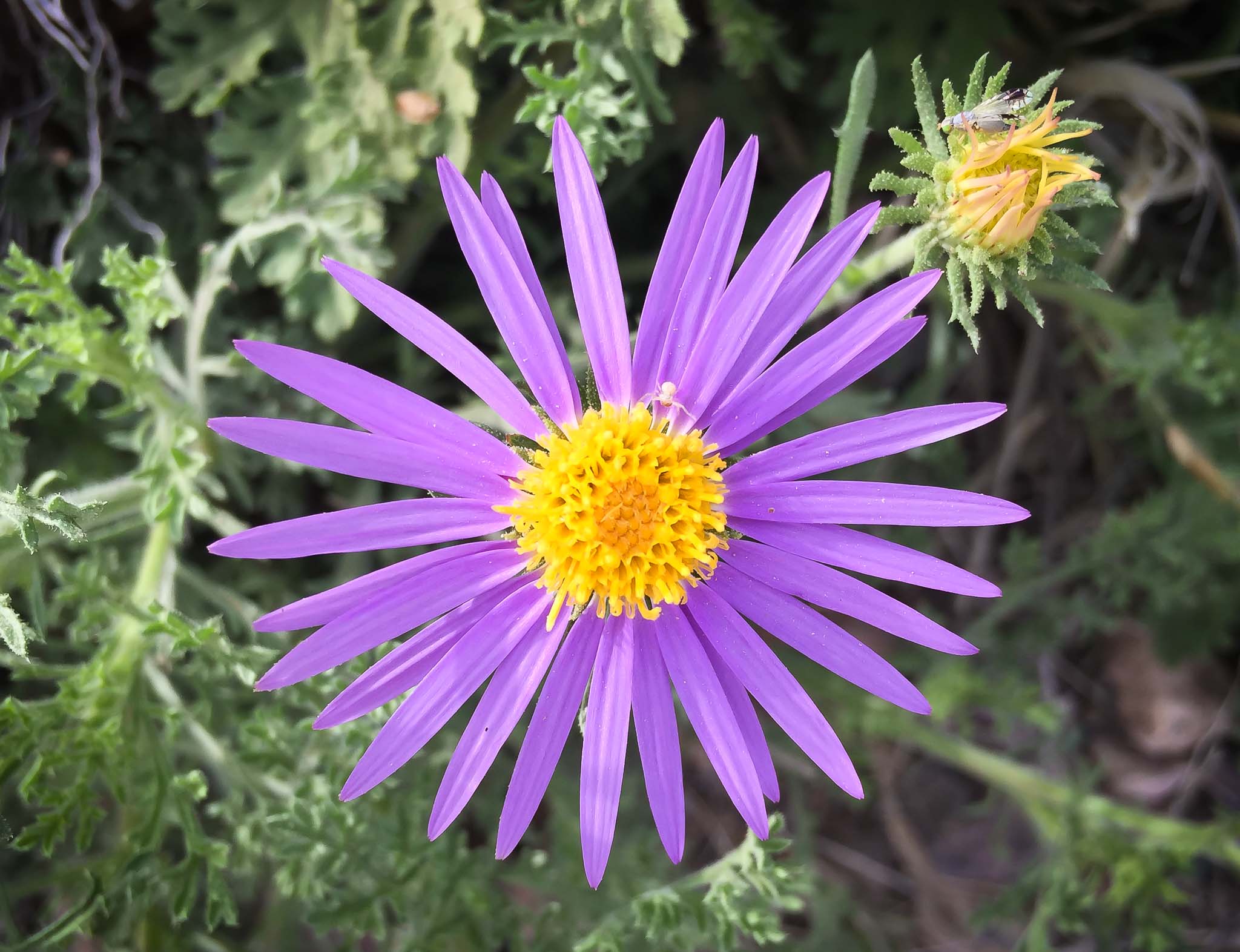
Tahoka Daisy with Bugs {more...}
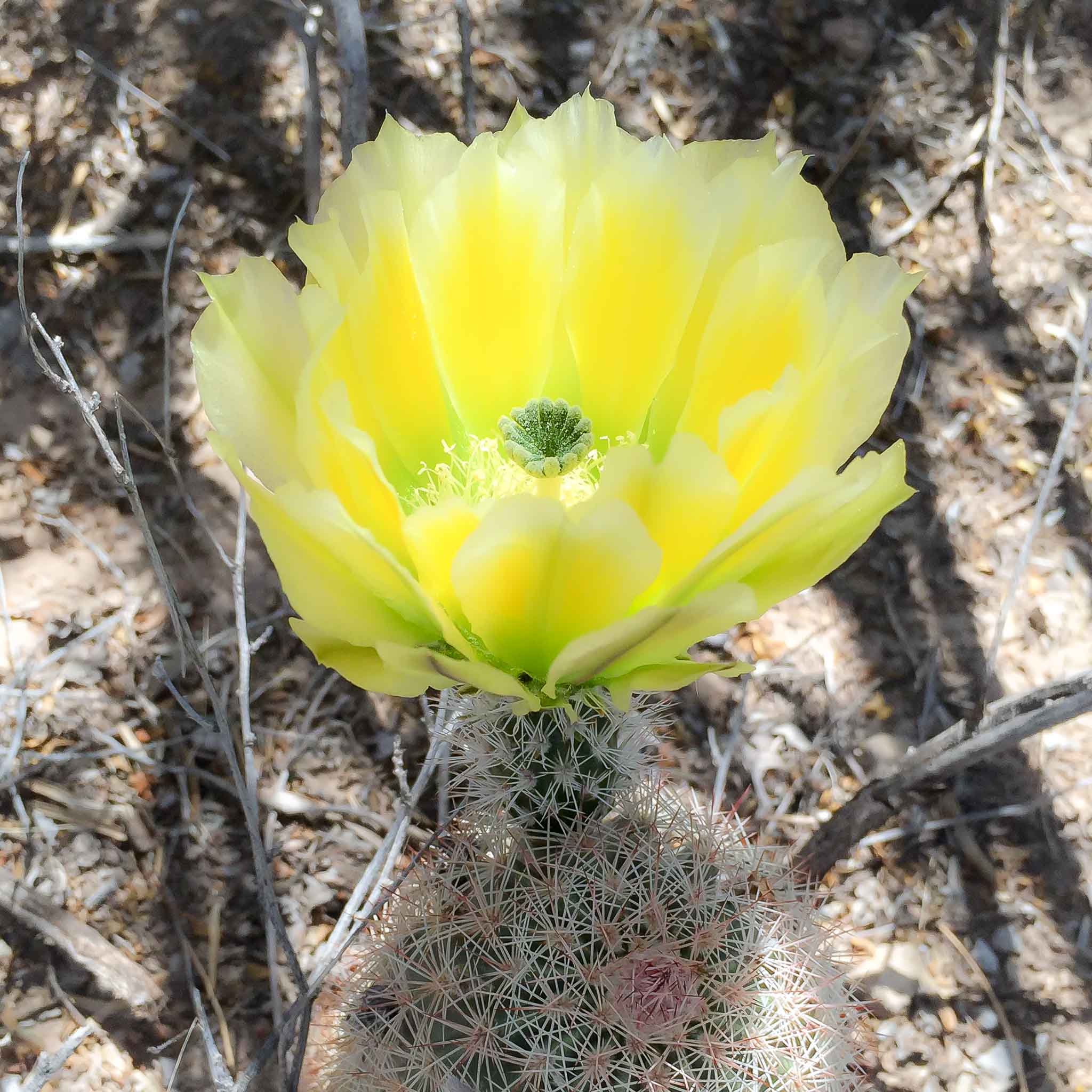
Diaphanous {more...}

Yucca {more...}
Addenda to Photos
Pickerel Weed
Ooms Pond Conservation Area, Chatham NY
July 9, 2022
Pickerel weed is the common name of several species of Pontederia.
Pickerelweed
Pontederia is a genus of tristylous aquatic plants, members of which are commonly known as pickerel weeds. Pontederia is endemic to the Americas, distributed from Canada to Argentina, where it is found in shallow water or on mud.[citation needed] The genus was named by Linnaeus in honour of the Italian botanist Giulio Pontedera.
Pontederia plants have large waxy leaves, succulent stems and a thick pad of fibrous roots. The roots give rise to rhizomes that allow rapid colonization by vegetative reproduction. Species are perennial, and produce a large spike of flowers in the summer. There is a species of bee (Dufourea novaeangliae) that exclusively visits Pontederia cordata;[citation needed] waterfowl also eat the fruit of the plant.
Pontederia cordata and Pontederia crassipes (formerly known as Eichhornia crassipes), have become invasive in many tropical and temperate parts of the globe, but are, on the other hand, efficient biological filters of polluted water in constructed wetlands.
https://en.wikipedia.org/wiki/Pontederia
Seedhead
Common Sunflower, Bosque del Apache National Wildlife Refuge, San Antonio NM
November 16, 2019
Common Sunflower
The plant has an erect rough-hairy stem, reaching typical heights of 3 metres (9.8 ft). The tallest sunflower on record achieved 9.17 metres (30.1 ft). Sunflower leaves are broad, coarsely toothed, rough and mostly alternate. What is often called the "flower" of the sunflower is actually a "flower head" or pseudanthium of numerous small individual five-petaled flowers ("florets"). The outer flowers, which resemble petals, are called ray flowers. Each "petal" consists of a ligule composed of fused petals of an asymmetrical ray flower. They are sexually sterile and may be yellow, red, orange, or other colors. The flowers in the center of the head are called disk flowers. These mature into fruit (sunflower "seeds"). The disk flowers are arranged spirally. Generally, each floret is oriented toward the next by approximately the golden angle, 137.5°, producing a pattern of interconnecting spirals, where the number of left spirals and the number of right spirals are successive Fibonacci numbers. Typically, there are 34 spirals in one direction and 55 in the other; however, in a very large sunflower head there could be 89 in one direction and 144 in the other. This pattern produces the most efficient packing of seeds mathematically possible within the flower head.
Wikipedia
Mexican Cliffrose
Hovenweep National Monument, Aneth UT
May 25, 2018
Mexican Cliffrose Blossom and Fruit
The Mexican Cliffrose bushes are in full bloom here now, completely covered in their small blossoms and feathery fruits. They must like the extreme drought the southwest is enduring this year.
Native Uses
Inhabitants of the Four Corners area had many uses for these bitterbrush bushes over the millenia.
Early inhabitants used shredded Cliffrose bark for mats and clothing, and for cordage when mixed with yucca fibers.
The Navajo had many uses for these plants. They used the long, thin bark strips older shrubs naturally split into to pad cradleboards and make pillows for their infants. They made female prayer sticks from Cliffrose wood. Thin, straight branches were used to make arrows.
The Hopi used a tea made from the leaves and twigs to induce vomiting, and to heal wounds.
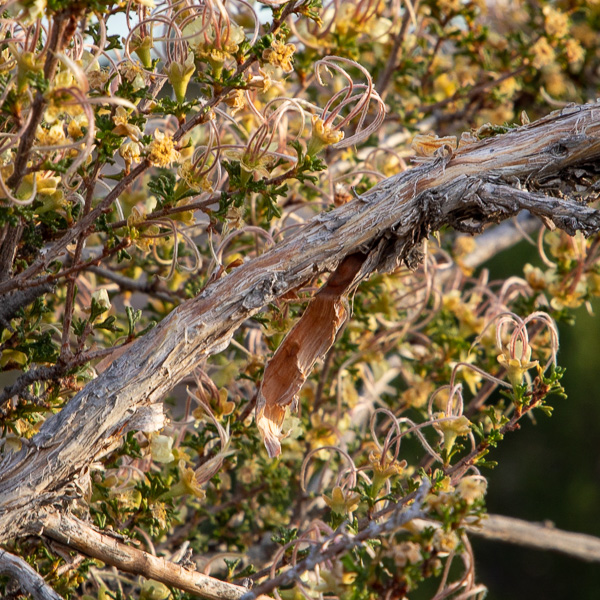
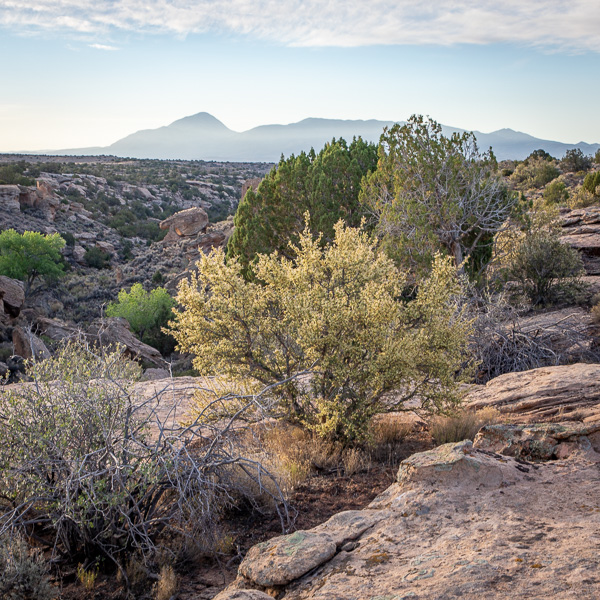
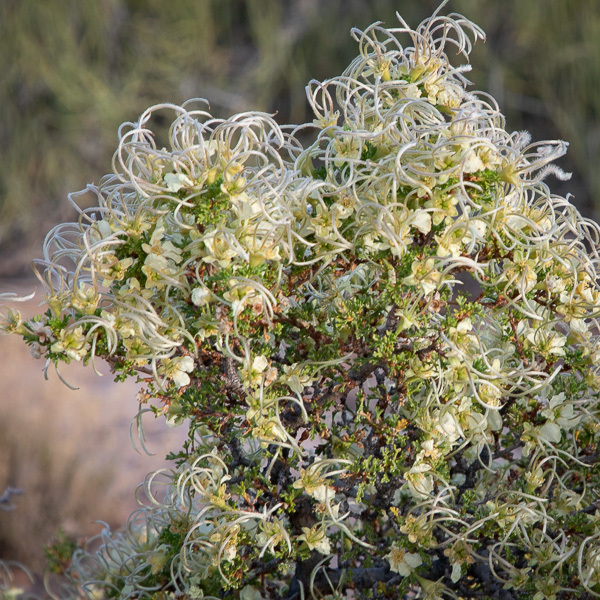
Purshia
Purshia (bitterbrush or cliff-rose) is a small genus of 5-8 species of flowering plants in the family Rosaceae, native to western North America, where they grow in dry climates from southeast British Columbia in Canada south throughout the western United States to northern Mexico. The classification of Purshia within the Rosaceae has been unclear. The genus was originally placed in the subfamily Rosoideae, but is now placed in subfamily Dryadoideae.
They are deciduous or evergreen shrubs, typically reaching 0.3–5 m tall. The leaves are small, 1–3 cm long, deeply three- to five-lobed, with revolute margins. The flowers are 1–2 cm diameter, with five white to pale yellow or pink petals and yellow stamens. The fruit is a cluster of dry, slender, leathery achenes 2–6 cm long. The roots have root nodules that host the nitrogen-fixing bacterium Frankia.
The evergreen species were treated separately in the genus Cowania in the past; this genus is still accepted by some botanists.
Species
Wikipedia / Purshia
- Purshia ericifolia — Heath cliffrose. Texas.
- Purshia glandulosa — Desert bitterbrush. Nevada, Utah, Arizona.
- Purshia mexicana — Mexican cliffrose (syn. Cowania mexicana). Mexico, Arizona.
- Purshia pinkavae — Pinkava's cliffrose. Arizona.
- Purshia plicata — Antelope bush (syn. Cowania plicata). Mexico (Nuevo León).
- Purshia stansburyana — Stansbury cliffrose (syn. P. mexicana var. stansburiana, Cowania stansburiana). Idaho south to California, Arizona and New Mexico.
- Purshia subintegra (possibly a hybrid between P. pinkavae and P. stansburyana). Arizona.
- Purshia tridentata — Antelope bitterbrush. British Columbia south to California and New Mexico.
Faded Glory
Common Sunflower, Bosque del Apache National Wildlife Refuge, San Antonio NM
October 22, 2017
Windblown.
Common Sunflower
The plant has an erect rough-hairy stem, reaching typical heights of 3 metres (9.8 ft). The tallest sunflower on record achieved 9.17 metres (30.1 ft). Sunflower leaves are broad, coarsely toothed, rough and mostly alternate. What is often called the "flower" of the sunflower is actually a "flower head" or pseudanthium of numerous small individual five-petaled flowers ("florets"). The outer flowers, which resemble petals, are called ray flowers. Each "petal" consists of a ligule composed of fused petals of an asymmetrical ray flower. They are sexually sterile and may be yellow, red, orange, or other colors. The flowers in the center of the head are called disk flowers. These mature into fruit (sunflower "seeds"). The disk flowers are arranged spirally. Generally, each floret is oriented toward the next by approximately the golden angle, 137.5°, producing a pattern of interconnecting spirals, where the number of left spirals and the number of right spirals are successive Fibonacci numbers. Typically, there are 34 spirals in one direction and 55 in the other; however, in a very large sunflower head there could be 89 in one direction and 144 in the other. This pattern produces the most efficient packing of seeds mathematically possible within the flower head.
Wikipedia / Helianthus Annuus
Abstract Magenta
Fendler's Hedgehog Cactus, City of Rocks State Park, Faywood NM
April 29, 2016
This little Fendler's Hedgehog Cactus with it's showy outsized magenta blossom caught my eye today and I just couldn't resist messing with it a bit in Lightroom.
Fendler's Hedgehog Cactus
Echinocereus fendleri is a species of cactus known by the common names pinkflower hedgehog cactus and Fendler's hedgehog cactus. It grows in deserts and woodlands in the Southwestern United States and Northeastern Mexico and is most common in New Mexico.
Echinocereus fendleri has an erect oval or cylindrical stem, sometimes forming a clump of several spreading stem branches. The stem may reach 7.5 to 30 centimeters in maximum height. There are up to 16 spines per areole, generally in shades of brown and white, or white with a brown stripe.
The showy flower is most any shade of pink, from nearly white to deep maroon. It can be 11 centimeters long and wide, each tepal measuring up to 7 centimeters long. The fruit is red and a few centimeters long.
The flesh of the plant is edible, and Native American groups consumed the stems and fruits.
One variety of this species, Echinocereus fendleri var. kuenzleri, Kuenzler's hedgehog cactus, is rare and federally listed as an endangered species of the United States. When it was listed in 1979, there were only 200 known individuals of this variety remaining, all in the Sacramento Mountains of New Mexico. It was threatened with extinction by poachers, who removed many plants from the wild.
Wikipedia
Bloomin' Ready
Cow's Tongue Prickly Pear, Pancho Villa State Park, Columbus NM
April 27, 2016
This image was taken just after sunrise and this blossom was not fully open yet. They don't fully open until a couple of hours after sunrise, and then only last one day.
Cow's Tongue Prickly Pear
Opuntia engelmannii is a prickly pear common across the south-central and Southwestern United States and northern Mexico. It goes by a variety of common names, including "cow's tongue cactus", "cow tongue prickly pear", "desert prickly pear", "discus prickly pear", "Engelmann's prickly pear", and "Texas prickly pear" in the US, and "nopal", "abrojo", "joconostle", and "vela de coyote" in Mexico.
The nomenclatural history of this species is somewhat complicated due to the varieties, as well as its habit of hybridizing with Opuntia phaeacantha.
The Opuntia engelmannii range extends from California to Louisiana in the United States, and from Sonora (state) to the Tamaulipan matorral in Chihuahua (state), in Mexico.
In the Sonoran Desert, terminal pads face predominantly east-west, so as to maximize the absorption of solar radiation during summer rains. Although found occasionally in the Mojave Desert, it tends to be replaced by Opuntia basilaris, which does not need the summer rain.
The overall form of Opuntia engelmannii is generally shrubby, with dense clumps up to 3.5 metres (11 ft) high, usually with no apparent trunk. The pads are green (rarely blue-green), obovate to round, about 15–30 cm long and 12–20 cm wide.
The glochids are yellow initially, then brown with age. Spines are extremely variable, with anywhere from 1-8 per areole, and often absent from lower areoles; they are yellow to white, slightly flattened, and 1–6 cm long.
The flowers are yellow, occasionally reddish, 5–8 cm in diameter and about as long. Flowering is in April and May, with each bloom lasting only one day, opening at about 8AM and closing 8 hours later. Pollinators include solitary bees, such as the Antophoridae, and sap beetles.
The purple fleshy fruits are 3–7 cm long.
Wikipedia.
Desert Spring
Cholla, Pancho Villa State Park, Columbus NM
April 22, 2016
It's that time of year again and if the number of fat cactus buds I'm seeing here at Pancho Villa is any indication, the next few days should be spectacular!
Cane Cholla, Spiny Cholla, Walking Stick Cactus
Cylindropuntia spinosior, known as cane cholla, spiny cholla and walkingstick cactus, is a cactus species native to the North American deserts of Arizona and New Mexico in the United States; and Chihuahua and Sonora in Mexico.
Cylindropuntia spinosior grows to between 0.4 and 1.2 metres in height and has spine-covered stems. Flowers may be rose, red purple, yellow, or white and appear from spring to early summer. These are followed by fruits that are yellow with occasional red or purple tinges.
Wikipedia
Crescent Milkvetch with Bug
City of Rocks State Park, Faywood NM
March 31, 2015
Bugs and bees are fond of these flowers. Anyone know what the bug is?
Crescent Milkvetch - Astragalus Amphioxys
The pinnately compound leaves provide one means of distinguishing astragalus amphioxys from the many other similar species in this genus; they are small, grey-green, covered in short silky hairs that lie flat against the surface, and grow in opposite, upwards-angled pairs along an arching stalk. Another identifying feature is the seed pod, which is (usually) arched to form a semi-circle and has its lower seam at the base of a groove rather than a protruding ridge. Pods have a mottled appearance; patches of red on a greenish-yellow background. Flowers are about an inch in length, open towards the end, tubular lower down, with the outsides also noticeably hairy. The upper banner petal is curved backwards, but not as strongly as for some other species.
See: The American Southwest
Coast Indian Paintbrush
Hovenweep National Monument, Aneth UT
April 26, 2015
This bright red desert wildflower is an arresting sight. There are many claret cup cactus in bloom here but I found only one clump of these beauties.
Coast Indian Paintbrush, Castilleja affinis
Castilleja Affinis is a species of Castilleja known by the common name coast Indian paintbrush.It is native to western North America from Washington to Baja California, where it grows on hills and mountains slopes along the coast and inland.
This is a perennial herb growing an erect stem up to about 60 centimeters in maximum height. It is greenish to purple in color and may be hairless to quite hairy. The leaves are variable in shape and up to 8 centimeters long. The inflorescence is a series of bracts in shades of bright red to yellowish. Flowers appearing between the bracts are a bit longer and covered in hairs. They are green to purple lined with red or yellow. The fruit is a capsule just over a centimeter long.
Wikipedia / Castilleja Affinis
Desert Onion
City of Rocks State Park, Faywood NM
April 5, 2015
What a beautiful little wildflower. To give a sense of scale this one stands about 4 inches high.
Largeflower Onion, Desert Onion - Allium Macropetalum
Allium macropetalum produces typically small but attractive bell-shaped flowers, mostly light pink but with a distinct, dark pink or purple vertical stripe along the middle. Each flower has 6 petals, and they occur in clusters (umbels) of between 10 and 20 heads. This onion can form extensive colonies, sprouting from a spreading root system. Like most allium species, the plant produces edible bulbs, raw or cooked. Favored habitats tend to be drier and less wooded than for many other species, and the plant is found across a wide area, in grassy or rocky environments.
AmericanSouthwest.net
Allium macropetalum, the desert onion, is a plant species native to the southwestern United States. It is known from desert plains and hills in Arizona, Utah, Colorado, New Mexico, and Texas, at elevations up to 2500 m.
Allium macropetalum forms egg-shaped bulbs up to 2.5 cm long. Flowers are bell-shaped, pink to purple, up to 12 mm across, with yellow or purple anthers.
Wikipedia / Allium Macropetalum
Globemallow Pollen
Pancho Villa State Park, Columbus NM
March 29, 2015
Emory's Globemallow
At least I think that's what it is. There are a couple of other globemallows that are similar. Here's a description of it: {link}. I have no idea what the bees are.
Feather Dalea
Pancho Villa State Park, Columbus NM
March 29, 2015
To my surprise a quick search didn't turn up this wildflower. These small flowers are on numerous small shrubs on Cootes Hill here at Pancho Villa State Park. To give a sense of scale, the purple petals are about 1/4 inch long and the emroundish, fairly dense, shrubs are about a foot tall. I'll keep looking but if anyone knows what they are I'd appreciate a heads-up.
Evelyn Knows her Dalea Formosa
Thanks Evelyn!
Feather Dalea - Dalea Formosa
Common English Names: Feather Dalea, Feather Plume, Pea Bush, Plume Dalea
Common Spanish Names: Yerba De Alonso García
Scientific Name: Dalea formosa (DAY-lee-uh for-MOW-suh)
Family: Fabaceae-Papilionoideae (Pea Family)
Geographic Range: Central, Panhandle, and western Texas; Oklahoma Panhandle; southern Colorado; southern Utah; through New Mexico, Arizona, Sonora, Chihuahua, and Coahuila, Mexico.
Plant Form: Semi-evergreen shrub, 3 x 3'.
Remarks: Low mounding shrub with divergent branching woody stems, tiny light green compound leaflets and small, bright violet flowers with yellow throats in 1" clusters. From March to September, small pea-like flowers display prominently plumose calyces and produce seeds that also have plumed tails that give a distinctive fuzzy/feathery appearance intermittently from March through September.
From: Chihuahuan Desert Plants, The University of Texas at El Paso:
Indian Blanket
City of Rocks State Park, Faywood NM
April 7, 2015
These colorful Indian Blanket wildflowers are quite common here at City of Rocks State Park.
Indian Blanket, Firewheel, Blanket Flower (Gaillardia pulchella)
The branching stem of this plant is hairy and upright, growing to 60 cm (2 ft) tall. The leaves are alternate, mostly basal, 4–8 cm long, with edges smooth to coarsely toothed or lobed. The pinwheel, daisy-like inflorescences are 4–6 cm in diameter, vividly colored with red, orange and yellow. The central disc florets of the flower head tend to be more red-violet, with the outer ray florets being yellow. In one variety, almost the entire flower is red, with only the barest tips of the pedals touched with yellow. It blooms practically year-round in some areas, but more typically in summer to early fall. The seed is an achene.
It is a hardy plant, not picky about soil, though sandy and well-drained are best. It has a high drought tolerance and does best with a dry, hot climate in full sun. Its vibrantly colored flowers can be seen carpeting fields and the sides of highways for miles in the summer to late fall. Favored by honeybees, it produces a dark reddish amber buttery tasting honey. In the garden, the flowers can be removed/deadheaded to promote further blooming. It self-seeds freely.
This flower thrives in much of central United States, from northern Mexico to southern Canada. It is the state wildflower of Oklahoma.
Wikipedia / Gaillardia Pulchella
New Mexico Bird's-Foot Trefoil
City of Rocks State Park, Faywood NM
April 1, 2015
I was complaining below about the trefoil being past its prime and the weather being too windy to shoot flowers. The wind calmed a bit and I found some fresher patches of trefoil to shoot. All is well.
The camera in my new Apple iPhone 6 Plus continues to impress me. It is much improved over the camera in my old iPhone 5 and is a great companion to my Canon DSLRs. It's small size lets me get a picture like this that I couldn't have gotten with a DSLR. In this shot the camera lens is less than an inch from the ground and a DSLR is just too big to get that close to the ground.
I use a telephoto zoom lens on my DSLR most of the time for birds and such and find it too long for some landscape shots I want to grab. I'm hoping this iPhone is will be easy way to have a wider lens available for those shots without having to change lenses in the field.
New Mexico Bird's-Foot Trefoil - Lotus Plebeius
The bright yellow flowers of lotus plebeius turn orange then red as they mature, in common with many other members of this genus. They grow in small numbers towards the top of the slightly short-hairy stems, which tend to be angled sideways, forming tangled clumps, together with the densely-growing compound leaves. Flowers have the familiar pea-shape, formed of five petals; the largest (the banner) is curved strongly backwards, and has a lengthwise groove down the center. The slender involucre terminates in five narrow sepals, ending in a curved point. Leaves also have a sparse hair covering, and slightly pointed tips.
American Southwest
New Mexico Bird's-Foot Trefoil
City of Rocks State Park, Faywood NM
March 30, 2015
By all reports the wildflowers here in southern New Mexico are especially beautiful this spring and I'm certainly enjoying them. You'll find some pictures of the local scene on DesertUSA's 2015 Wildflower Report page.
My timing in arriving here to find these little flowers at their peak was a stroke of luck. By the next day many were past their prime and not worth a picture. I was a little disappointed. This image doesn't really grab me and I wanted to try for a better one. Today I found some fresher flowers but alas didn't get any better images. Spring is windy here and today is a particularly windy day. Maybe tomorrow...
Every piece of clutter or undone organization is a warning: that you may be unable to follow through on a future thing you want to do.
Daniel Jalkut @danielpunkass 2015-04-01
New Mexico Bird's-Foot Trefoil - Lotus Plebeius
The bright yellow flowers of lotus plebeius turn orange then red as they mature, in common with many other members of this genus. They grow in small numbers towards the top of the slightly short-hairy stems, which tend to be angled sideways, forming tangled clumps, together with the densely-growing compound leaves. Flowers have the familiar pea-shape, formed of five petals; the largest (the banner) is curved strongly backwards, and has a lengthwise groove down the center. The slender involucre terminates in five narrow sepals, ending in a curved point. Leaves also have a sparse hair covering, and slightly pointed tips.
American Southwest
Radiance, a Thistle Bud
City of Rocks State Park, Faywood NM
April 12, 2015
This morning I took a walk up the trail toward the top of Table Mountain, the mesa overlooking City of Rocks State Park from the northeast. This huge, five foot tall thistle is growing right beside the trail.
I can't believe I haven't walked up there before. Until this spring I didn't realize the trail was even there and open to the public. The trail goes all the way to the top of the mesa and this morning I stumbled on the trailhead and took this hike on a whim. I wasn't prepared to go all the way to the top and didn't. I think it's about 2 miles to the top. Maybe I'll do it tomorrow. There are many more wildflowers along the trail I'd like to photograph. Plus it would be great to get to the top.
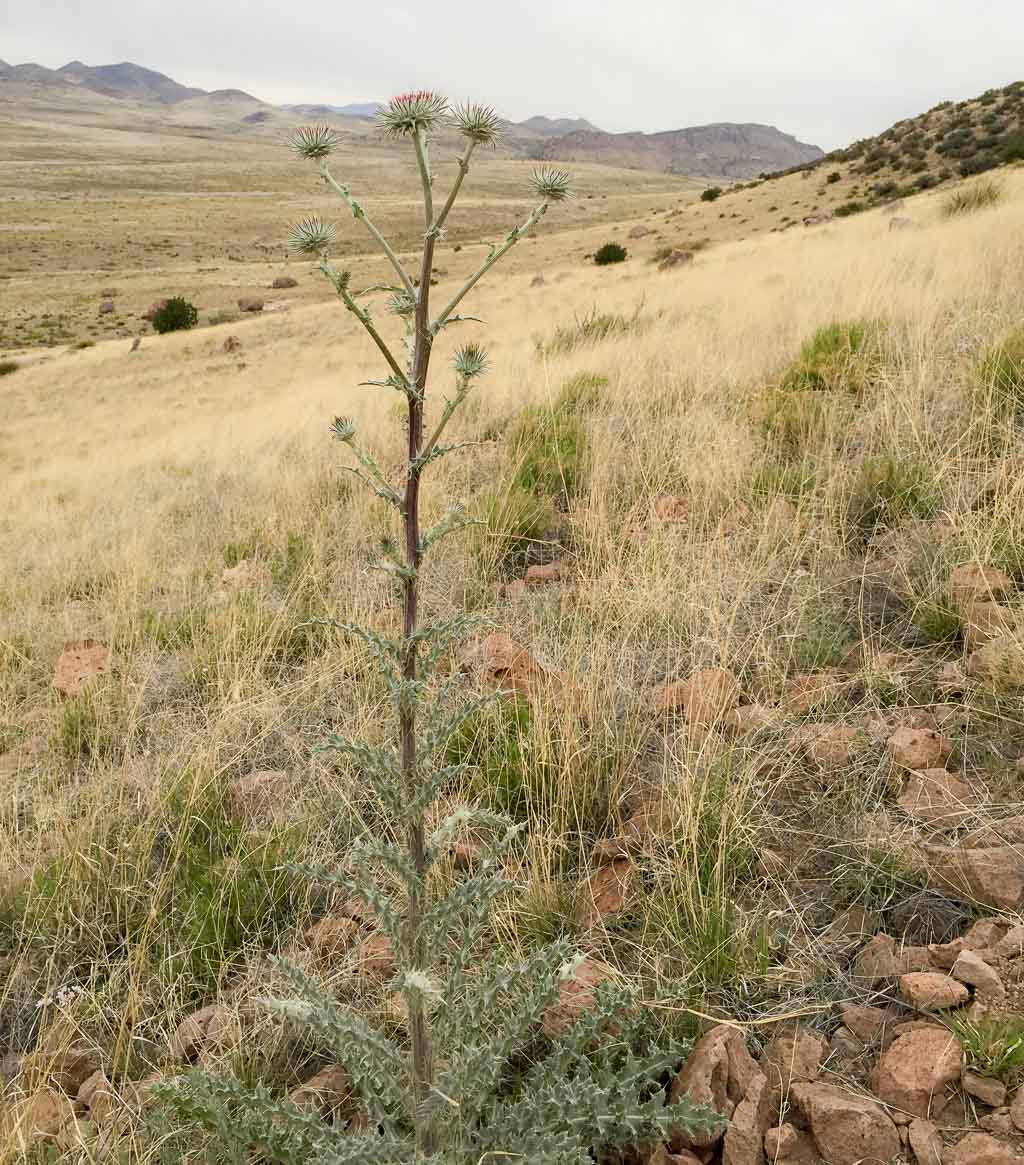
New Mexico Thistle, Cirsium Neomexicanum
Cirsium neomexicanum is a species of thistle known by the common names New Mexico thistle, powderpuff thistle, lavender thistle, foss thistle and desert thistle.
This plant is native to the southwestern United States, particularly the Mojave Desert.
Cirsium neomexicanum is a tall plant, routinely exceeding 2 metres (6.6 ft) in height. It erects a stem which may have webby fibers and long, stiff spines. The sparse leaves are greenish-gray, hairy, and very spiny.
Atop the mainly naked stems are inflorescences of one or more large flower heads with rounded bases and phyllaries covered in long, curving spines. The largest heads may be up to 5 centimeters in diameter. They are packed with white or lavender disc florets.
The fruit is a flat brown achene with a long pappus which may reach 2 centimeters long. Unlike many other thistles, this species tends not to be a troublesome noxious weed.
Wikipedia / Cirsium Neomexicanum
Aglow
Ocotillo, Oliver Lee Memorial State Park, Alamogordo NM
April 16, 2015
The desert wildflowers are near their peak at Oliver Lee Memorial State Park with lots of yucca, many varieties of cactus, and ocotillo flames shooting up everywhere.
The majestic ocotillo are among my favorite spring desert wildflowers and these backlit and glowing in the late afternoon sun caught my eye.
Ocotillo, Fouquieria splendens
Fouquieria splendens (commonly known as ocotillo, but also referred to as coachwhip, candlewood, slimwood, desert coral, Jacob's Staff, Jacob Cactus, and vine cactus) is a plant indigenous to the Sonoran Desert and Chihuahuan Desert in the Southwestern United States and northern Mexico.
Ocotillo is not a true cactus. For much of the year, the plant appears to be an arrangement of large spiny dead sticks, although closer examination reveals that the stems are partly green. With rainfall the plant quickly becomes lush with small (2–4 cm) ovate leaves, which may remain for weeks or even months.
Individual stems may reach a diameter of 5 cm at the base, and the plant may grow to a height of 10 m. The plant branches very heavily at its base, but above that the branches are pole-like and only infrequently divide further, and specimens in cultivation may not exhibit any secondary branches. The leaf stalks harden into blunt spines, and new leaves sprout from the base of the spine.
The bright crimson flowers appear especially after rainfall in spring, summer, and occasionally fall. Flowers are clustered indeterminately at the tips of each mature stem. Individual flowers are mildly zygomorphic and are pollinated by hummingbirds and native carpenter bees.
Wikipedia / Fouquieria Splendens
Scarlet Trumpet
USFS South Cottonwood Access, Blanding UT
May 4, 2015
This wildflower has several common names and to me Scarlet Trumpet is the one that best describes this beauty. I love the delicate simplicity and the bright scarlet coloration of this wildflower. I found this one growing at the base of a small cottonwood tree on the bank of Cottonwood Wash on USFS lands southwest of Blanding UT where I've set up camp for the next day or two.
Scarlet Trumpet, Scarlet Gilia, Skyrocket, Ipomopsis aggregata
Ipomopsis aggregata is a species of flowering plant in the phlox family (Polemoniaceae), commonly known as Scarlet Trumpet, Scarlet Gilia, or Skyrocket because of its scarlet red flowers with lobes curving back as if blown back by rocketing through the air.
Ipomopsis aggregata is characterized by the USDA as a native species for the continental United States and Canada. It is native to western North America, growing mainly in the central to western regions and ranging from as far north as British Columbia to Mexico.
Ipomopsis aggregata has characteristic red, trumpet-shaped flowers and basal leaves stemming from a single erect stem. Depending on elevation, height can range from 12 inches, in Rocky Mountain alpine areas, to over 5 feet, in areas of southern Texas. Trumpet flowers can range from white, red, orange-red, and pink. Pink flowers are especially common in high mesa areas of Colorado, such as the Flat Tops, Grand Mesa, or the Uncompahgre Plateau. Yellow flowers have been reported for plant but are extremely rare. Fernlike leaves are low to the ground, helping encourage warmth in colder areas, and have silver specks and a fine white pubescence. A well known delicacy in nature, Ipomopsis aggregata is well adapted to herbivory, as it can regrow multiple flowering stalks once lost. Although herbivory initially reduces seed and fruit count of the plant, intermediate herbivory and its stimulating factors could lead to the plant growing larger over time. Elk and mule deer are common herbivores on Ipomopsis aggregata.
Ipomopsis aggregata is pollinated most commonly by long-tongued moths and hummingbirds, although others can be seen. Basal leaves overwinter, even in subalpine areas of the Rocky Mountains. The plant blooms in late spring to early summer, and into fall if climate conditions are favorable. Optimal growing conditions include little water, part shade, and sandy soil. Although defined as hermaphroditic, Ipomopsis aggregata has shown sex allocation in flowering months, with phenotypic gender reaching a proportion of 0.77 female components to male.
Wikipedia / Ipomopsis Aggregata
Tahoka Daisy with Bugs
City of Rocks State Park, Faywood NM
April 3, 2015
Bugs are fond of these flowers and so am I. The False Tahoka Daisy described below is fairly common here too. I'll see if I can get a picture for comparison but I'm not sure I can get one worth posting. The False Tahoka Daisies are not very photogenic. Anyone know. what the bugs are?
Tahoka Daisy, Tansy Aster - Machaeranthera tanacetifolia
Branched stems with fern-like leaves ending in flower heads with many bright purple, very narrow rays surrounding a yellow central disk. Tahoka-daisy is a low, spreading, 6-12 in. annual with delicate but showy, aster-like flowers. Numerous lavender rays surround a yellow center. The stems are densely covered with sharp-pointed, deeply cut leaves which appear fern-like. Plants often form clumps or mounds.
The fern-like leaves of this beautiful species make it one of the easiest to identify in a complex group. False Tahoka Daisy (M. parviflora) is similar but has smaller flower heads, each with a central disk only 1/4-1/2 (6-13 mm) wide, and less elaborately divided leaves; it occurs from Utah south to Arizona, New Mexico, Texas, and Mexico.
Wildflower.org
Diaphanous
Texas Rainbow Cactus flower, Oliver Lee Memorial State Park, Alamogordo NM
April 15, 2015
There are some spectacular blooms out here these days. I no more than arrived at Oliver Lee Memorial State Park when I came across this one I especially like.
There is at least one New Mexico Agave, Agave Parryi var Neomexicana here that is budded and about ready to bloom but alas I'll probably miss it. I'd love to stay for the blooming but I must leave in a couple of days. I've never seen one in bloom. Bummer.
Texas Rainbow Cactus, Echinocereus dasyacanthus
Echinocereus dasyacanthus plants are usually found with a single stem or 2-3 basal branches. Though it is not uncommon to find plants with 3-10 stems. The stems of Texas Rainbow Cactus are between 11–24 cm long and 5.5–7 cm wide and usually have 15-18 ribs. The spines usually overlap making the stem not visible. There is a great amount of variation in the spines characteristics. There are typically 4-12 central spines that are .5-1.2 cm long and 14-25 radial spines that are .7–2 cm long. The basic coloration of the spines are tan to yellow to pink. Some spines may be ashy-white to reddish brown, but that is less common.
The flowering season for E. dasyacanthus is between the months of March and May. The large flower of the plant grow at the sides of the stem above the areoles close to the stem apex. The flowers are typically 8–12 cm long and 7–11 cm wide. The flowers smell sweet and are pollinated by bees. In the Trans-Pecos region of Texas the flowers are usually bright yellow with a green throat. Other color the flowers may be include dark to pale yellow, canary yellow, golden yellow or deep red to rose pink. Since this taxon of cacti are mostly yellow flowered, flowers that are beta cyanic and orange are less common. The tepals are relatively thick and durable compared to E. reichenbachii, but thin and soft compared to E. coccineus. The stamens of the flowers have filaments resulting in the floral throat being filled with a funnel of yellow anthers.
Wikipedia / Echinocereus Dasyacanthus
Yucca
Pancho Villa State Park, Columbus NM
March 27, 2015
Yucca Uses
Yuccas are widely grown as ornamental plants in gardens. Many species also bear edible parts, including fruits, seeds, flowers, flowering stems,[13] and (more rarely) roots. References to yucca root as food often arise from confusion with the similarly pronounced, but botanically unrelated, yuca, also called cassava or manioc (Manihot esculenta). Roots of soaptree yucca (Yucca elata) are high in saponins and are used as a shampoo in Native American rituals. Dried yucca leaves and trunk fibers have a low ignition temperature, making the plant desirable for use in starting fires via friction. The stem (when dried) that sports the flowers is often used in conjunction with a sturdy piece of cedar for fire-making.[14] In rural Appalachian areas, species such as Yucca filamentosa are referred to as "meat hangers". With their sharp-spined tips, the tough, fibrous leaves were used to puncture meat and knotted to form a loop with which to hang meat for salt curing or in smokehouses. The fibers can be used to make domestic items[15] or for manufacturing cordage,[16] be it sewing-thread or rope.[citation needed] Yucca extract is also used as a foaming agent in some beverages such as root beer and soda.[17][18] Yucca powder and sap are derived from the logs of the plant; such extracts can be produced by mechanical squeezing and subsequent evaporation of the sap, and are widely used in food, cosmetics, and pharmaceuticals [19]
Gastronomy
The flower petals are commonly eaten in Central America, but the plant's reproductive organs (the anthers and ovaries) are first removed because of their bitterness.[20] The petals are blanched for 5 minutes, and then cooked a la mexicana (with tomato, onion, chili) or in tortitas con salsa (egg-battered patties with green or red sauce). In Guatemala, they are boiled and eaten with lemon juice.[20]
In El Salvador, the tender tips of stems are eaten and known locally as cogollo de izote.[20]
Wikipedia / Yucca
